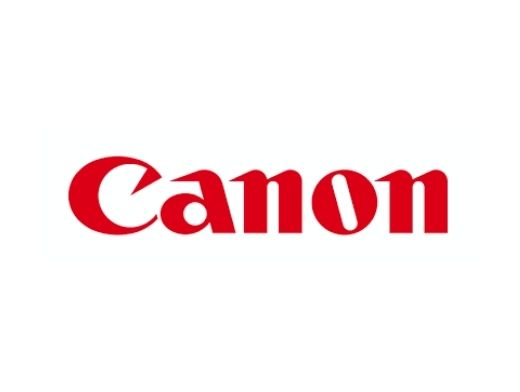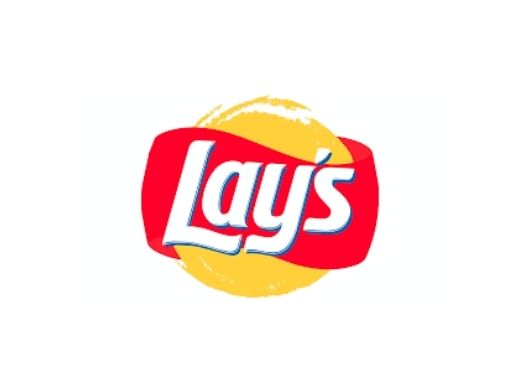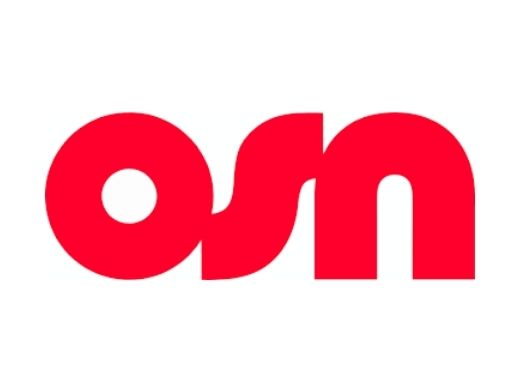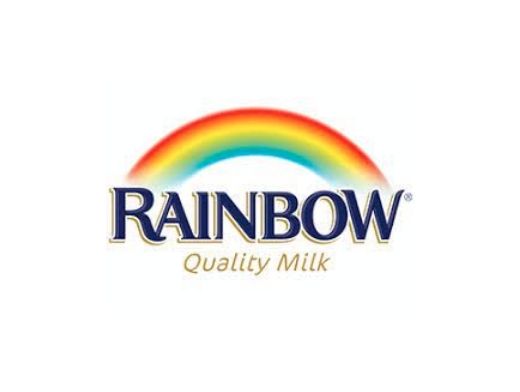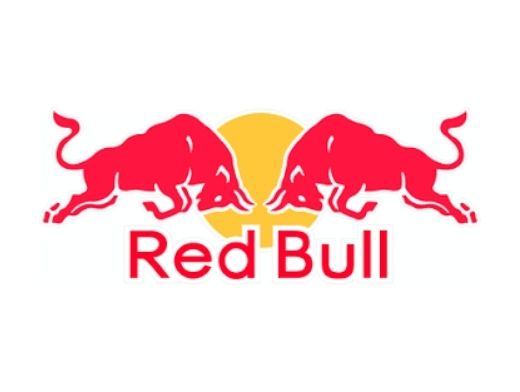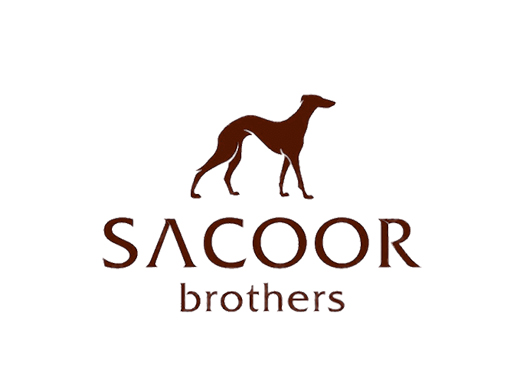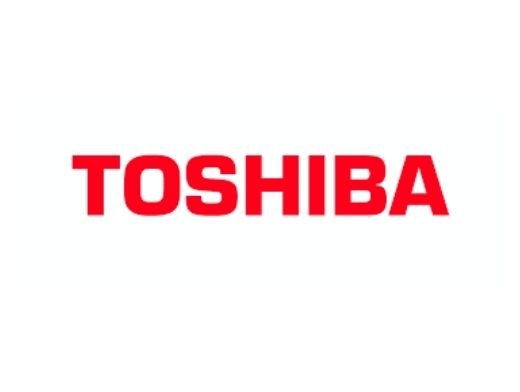Unless you are watching an American movie, the likelihood is that if you are from any part of Africa or Asia; you will have to watch certain films that are made in indigenous languages. Nollywood, the second largest film industry by volume, for instance, has movies made in local languages; particularly in Yoruba and Igbo languages.
However, unlike Bollywood, Nollywood’s overall impact is not viewed from the perspective of the regional contributions to the Nigerian movie industry, but rather as the overall national movie output from the film industry regarded as Nollywood.
While the Indian film industry has surpassed Hollywood globally in terms of volume of the movies produced and overall ticket sales, its global influence has been spearheaded by the regional film contributions of Tamil, Telugu, and Hindi film industries.

Masala is a word used in South East Asia, mainly India, Pakistan, and Bangladesh. It is used for a style of Indian movies where there is a mix of various styles of movies in one movie. Masala films of Indian cinema are those that mix genres in one work. Typically these films freely mix action, comedy, romance, and drama or melodrama. They also tend to be musicals that include songs, often filmed in picturesque locations. The genre is named after the masala, a mixture of spices in Indian cuisine. According to The Hindu, Masala is the most popular genre of Indian cinema. Masala films have origins in 1970s Bollywood (Hindi) films and are most common in Bollywood and South Indian films.
Up until just recently, a Masala film and a commercial film have been the same thing in India.
The simple, original meaning of Masala regarding the film is a blend (or masala) of genres within a movie. With this genre of movie, one doesn't have just a romance, just a tragedy, just an action piece, just a comedy, or just a message piece; a Masala film takes all of those genres, throws them into a brew, stirs them around and comes out with something that appeals to everyone.
The commercial film is a money-maker; it is a commercially viable movie, which means it stands to make money. Masala films have been commercial films for a very long time, and they are still commercially viable.
Bollywood and Masala films have always gone together. There hasn’t been a time in Indian film history when the Masala film genre ever went out of fashion.
Especially in the 21st century as Bollywood drew inspiration from the south Indian film industry, Masala movies became even more appealing. Some of the most successful movies in this genre have included Dabang (2010), Sholay (1975), Simmba (2018), Singham (2011), Holiday (2014), Force (2011), Ghajini (2008) amongst many others.
However, what we have seen in recent times is a marked rise in is something that is now being called independent cinema (also called "art" or "parallel"). That genre has, by and large, dropped a number of the items that distinguished the Masala as a genre of Indian films such as the singing and dancing, reduction in the run time to a more manageable two hours and often uses one genre to tell the story rather the mixed fruit basket of Masala.
Independent cinema certainly has begun to put out films that are viable commercially. A good example of a recent successful independent film is "The Lunch Box", which many feels should have been the film submitted to the Academy Awards for India's entry in the category of Best Foreign Film. It made it into the 100 crore club over the lifetime of its run and was the absolute darling of the critics. It also received a standing ovation at Cannes when it played there.
Masala is a genre that Indians love to enjoy. Some secretly, others openly while some others just don’t seem to get it. It is understandable about the latter group because unless you know what to expect from the movies, one may not be able to appreciate the movies. The truth is, every movie industry across the world has its idiosyncrasies; a genre of movies that they feel they have the right to make for the “enjoyment” of their local audience first and foremost before any other.
Until people realize this truth, they may never be able to come to terms as to why movies they term as crass continue to do well at the Box Office, not only locally, but also internationally as Lunch Box has shown. For now, the Masala will continue to hog the limelight of the Indian film industry.
For more information on Movies, Cinema, Lifestyle, Content, and Corporate Video Production you can always trust Film District India. We create inspiring content that works for Consumer & Luxury brands, Property & Construction, Travel & Hospitality, Food & Beverage, and Sports.










